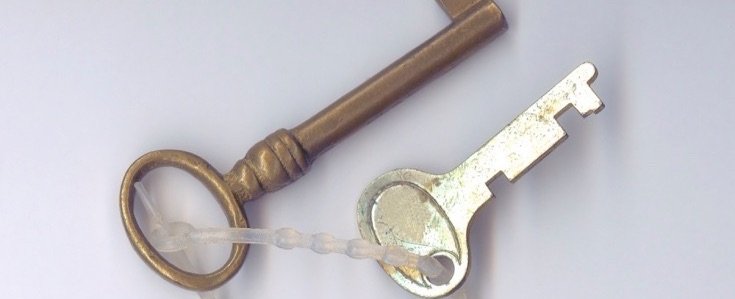The Difference Between Copyright and Patent Protections on Software
 This is a guest post written by James Straatman, a freelance writer who works with Eureka Software. If you would like to submit a guest post to the site, please contact me and let me know.
This is a guest post written by James Straatman, a freelance writer who works with Eureka Software. If you would like to submit a guest post to the site, please contact me and let me know.
An individual’s right to create and protect ideas, processes and inventions has been a goal for societies since the introduction of the printing press in Europe—eventually leading to copyright and patent advances in early US history. These crucial protections foster creativity, economic value, and public benefit. While these rights and laws are intended to protect both inventor and user, the scope of the protections has not always been clear.
Starting with the digital revolution and the introduction of computer software, courts have struggled to determine the appropriate protections. In the beginning, copyrights were issued because writing software was considered equal to writing a book. However, many developers wanted broader protections over their processes.
In the 1960s, the US patent office did not grant patents to software on the basis that you cannot patent mathematical calculations. Then in 1981, in Diamond v. Diehr, a case involving a program that calculated the proper temperature for making rubber, the Supreme Court ruled that a patent should be issued for process, even though computer software was used.
Diamond v. Diehr set a precedent for the future of software patents. Still, software developers and companies had to fight for protections on their products. The problem stems from the interpretation of protections offered by copyrights and patents.
To clarify the basic differences, Cornell Law School has outlined patent and copyright law in the following ways:
Patent:
- A patent extends exclusive right to exclude others from making, using, importing and selling the patented innovation for a limited period of time.
- U.S. Patent Act, 35 U.S.C. §§ 1 et seq., enables Congress to legally grant authority to inventors and to their inventions for a determined time frame.
- 5 requirements must be met: (1) patentable subject matter, (2) utility, (3) novelty, (4) nonobviousness, and (5) enablement.
Copyright:
- The U.S. Copyright Act, 17 U.S.C. §§ 101 – 810, authorizes congress to protect the writings of authors.
- Software is categorized as “Writings.”
As an example, a doctor who writes a book detailing a new pharmaceutical product that she or he has developed could file for and obtain a copyright. The actual product or process would not be protected until she or he also filed for and obtained a patent.
According to the understood definition, software initially falls under the category of copyright protection. While this may give some software products sufficient protection, patent law in addition to copyright law gives a developer or company an even larger umbrella to protect their business, economic foothold, and creative longevity. Software patents provide greater protection than their copyright counterpart.
Why does Software Need Patent Protection?
In an ever present and evolving environment, protecting your software from intellectual infringement can be complex. The simple answer to why software needs patent protection in addition to copyright protection is that a copyright protects from the exact replication of contact, but does not necessary protect from similarities and likeness.
In software cases, copyright will protect the exact duplication of your software, but similarities are harder to protect. In recent years, there have been several high profile cases of software patent litigation, including Stac Electronics v. Microsoft and Apple v. Samsung. Payouts from these cases have exceeded one billion dollars.
Another simple answer to why software needs patent and copyright protection is the seemingly obvious fact that software is big business. Software drives some of the largest business and industries the world market has to offer. Because of the polarizing nature of software, copyright, and patent law, many have become involved in court battles.
Court Battles, Oh, and Trolls
A surge in court battles dealing with patent law directly correlates to a surge in patent trolls. Patent trolls are individuals, groups, or companies that initiate law suits attempting to win and collect licensing fees or court settlement payouts with larger software companies and innovators.
In these sometimes drawn-out and expensive cases, software expert witnesses are called in to testify about the complexities of program algorithms and writing codes. These experts can be categorized into three fields of specialization: software experts, computer experts, and source code experts. As these court proceedings become more common and more expensive, some law makers are looking at ways to penalize trolls and protect innovators.
Legal recognition and protection for those who advance technology and innovation is a much needed aspect of a growing intelligent world. As we protect those who innovate we will continue to see new talent, intellect, and production that will benefit us all for generations to come.
About the Author
James Straatman is a freelance writer and works with Eureka Software to publish expert knowledge on the topics of software expert witness services and software development.
Want to Reuse or Republish this Content?
If you want to feature this article in your site, classroom or elsewhere, just let us know! We usually grant permission within 24 hours.
